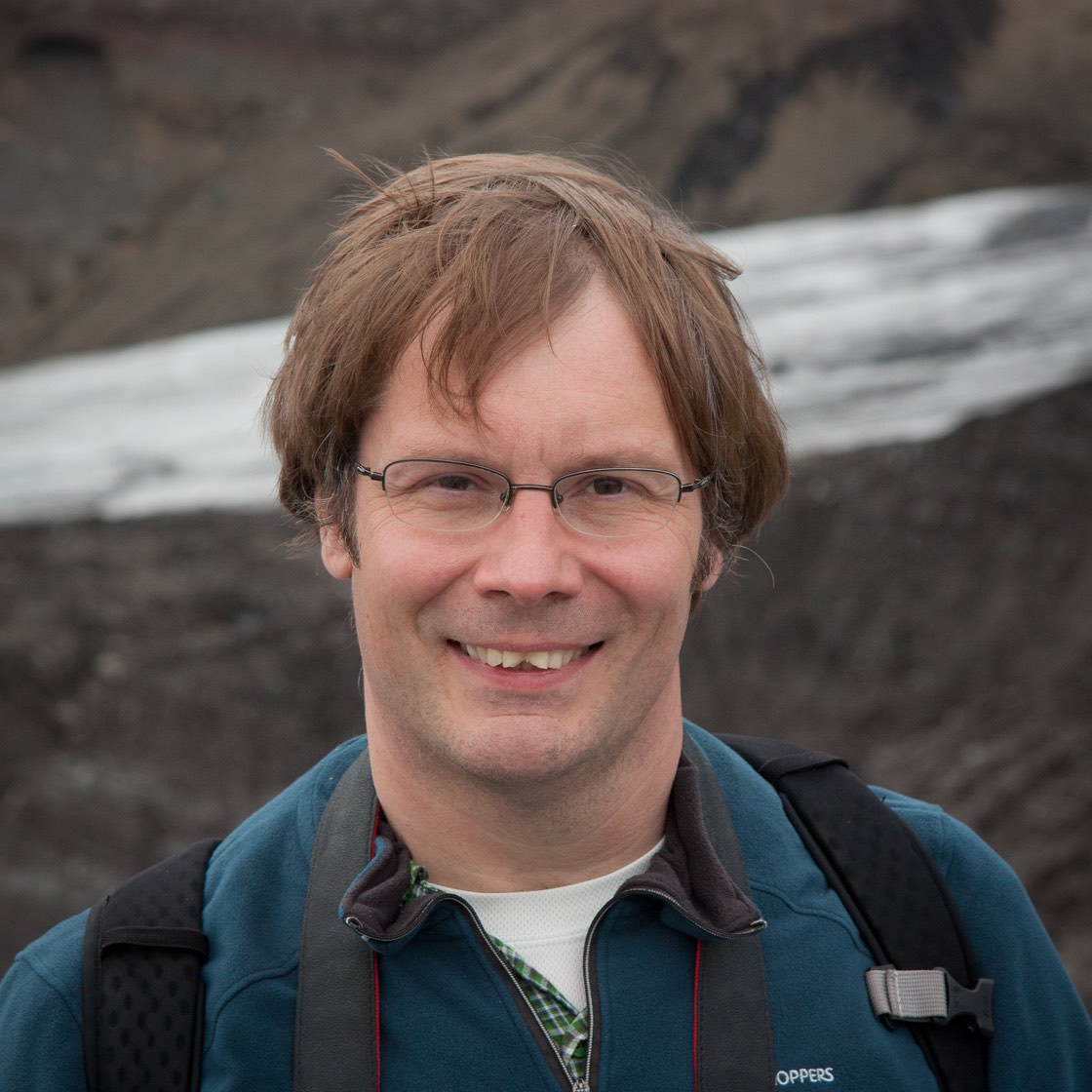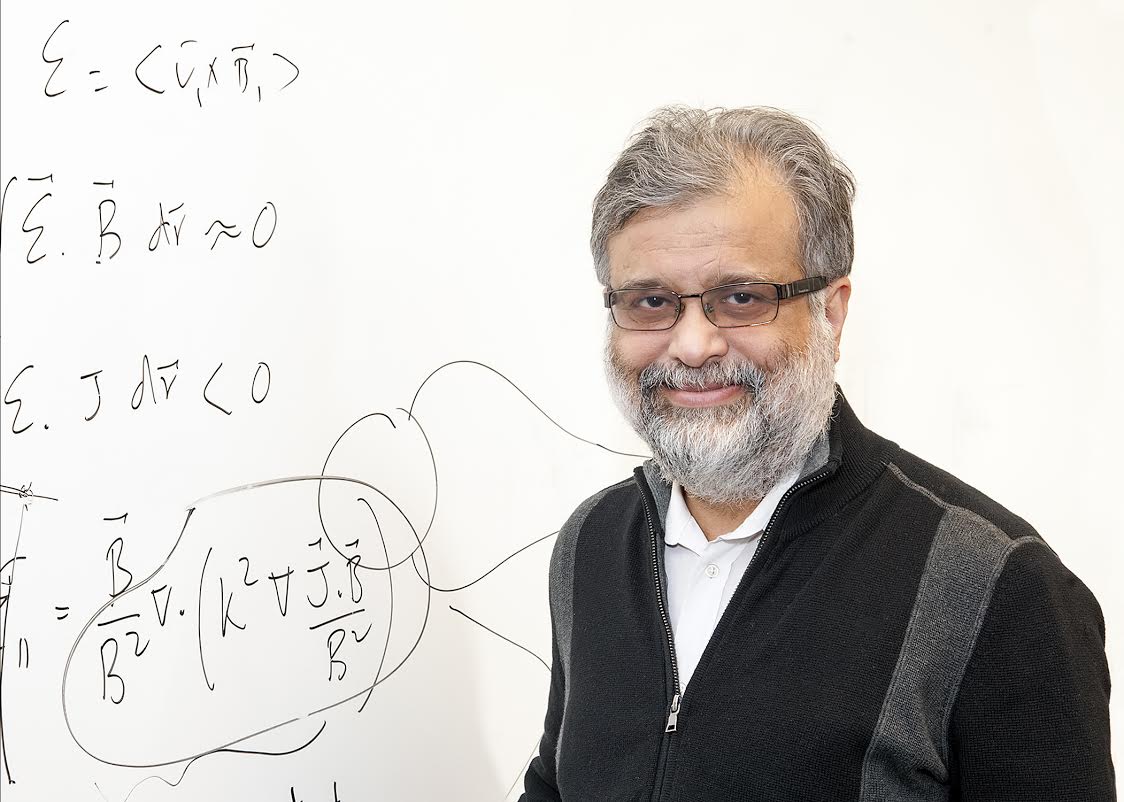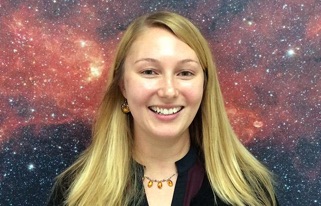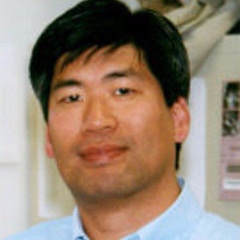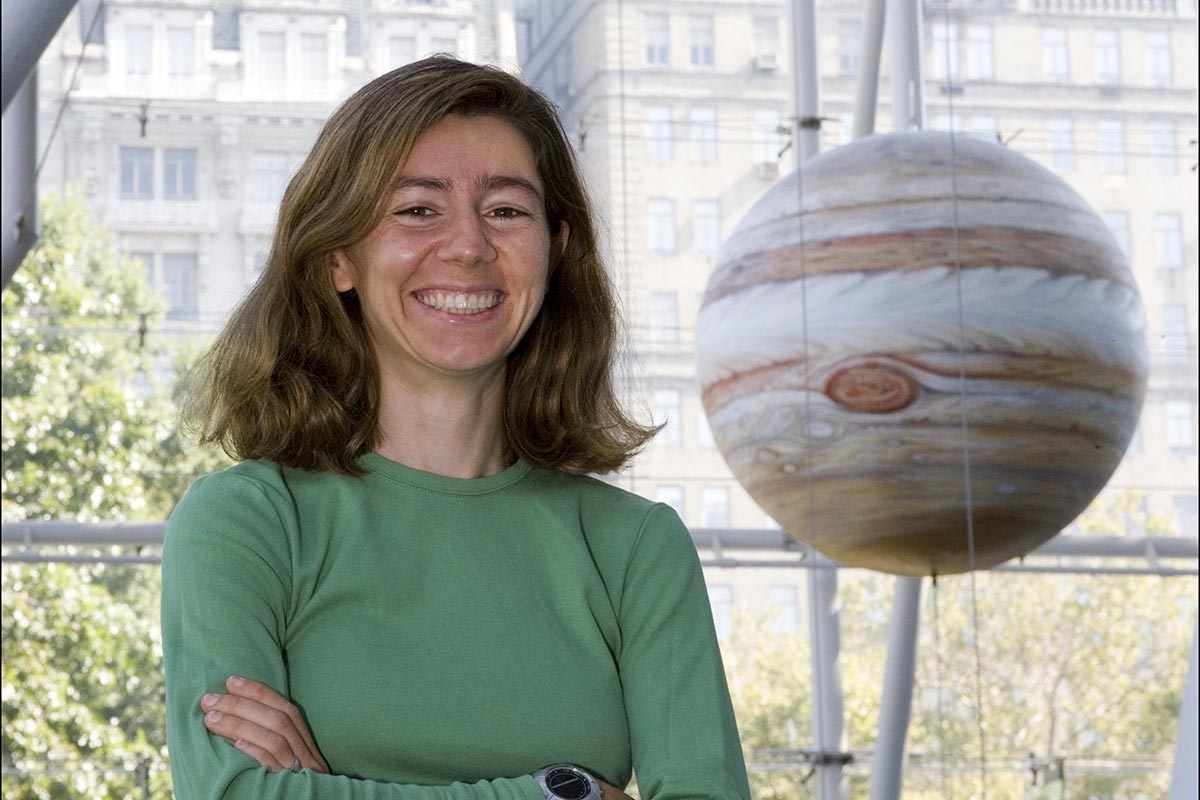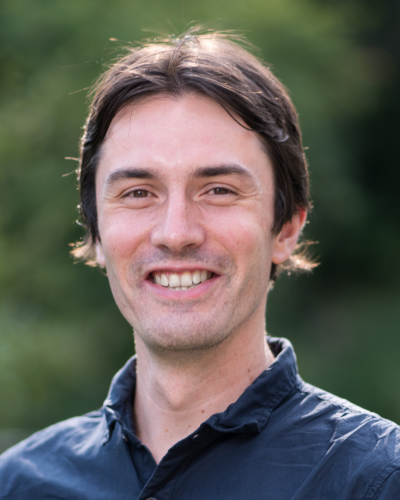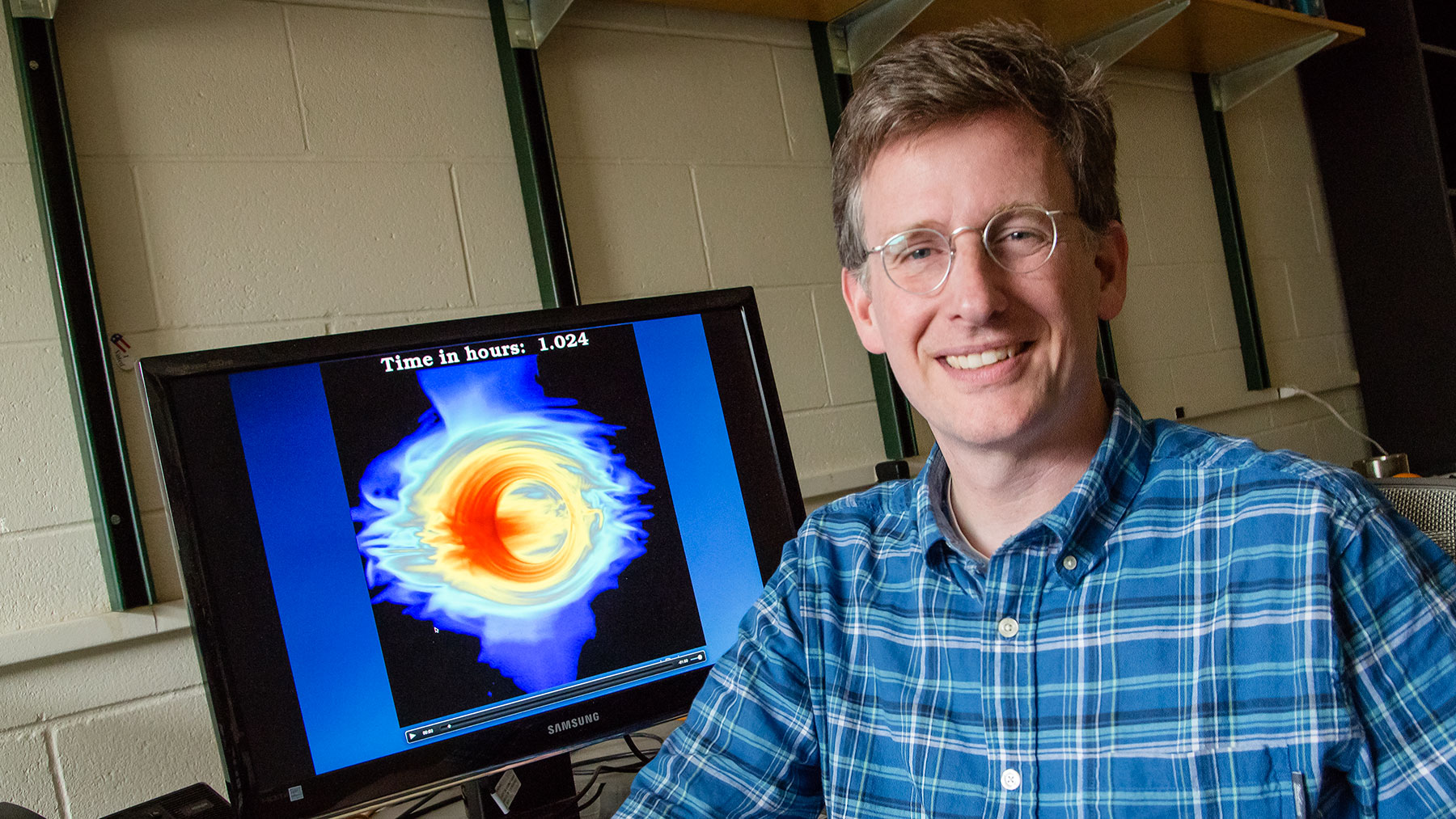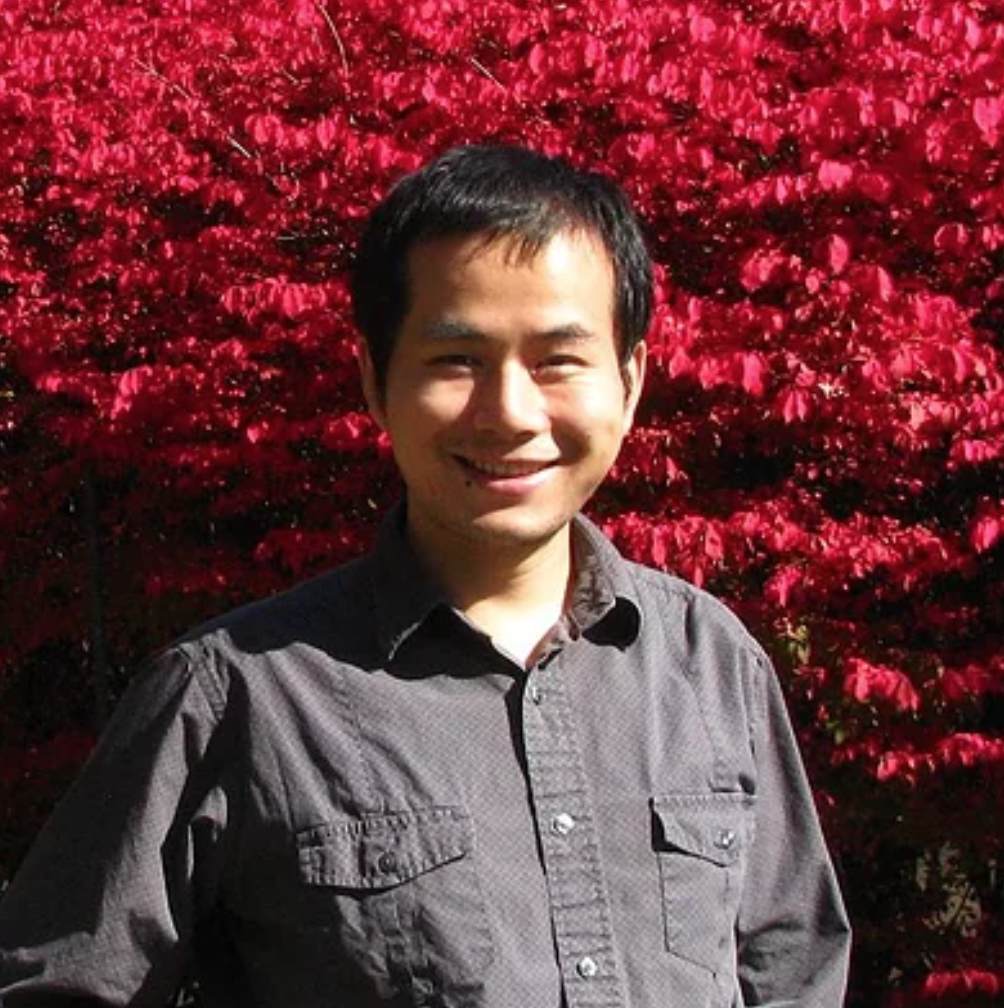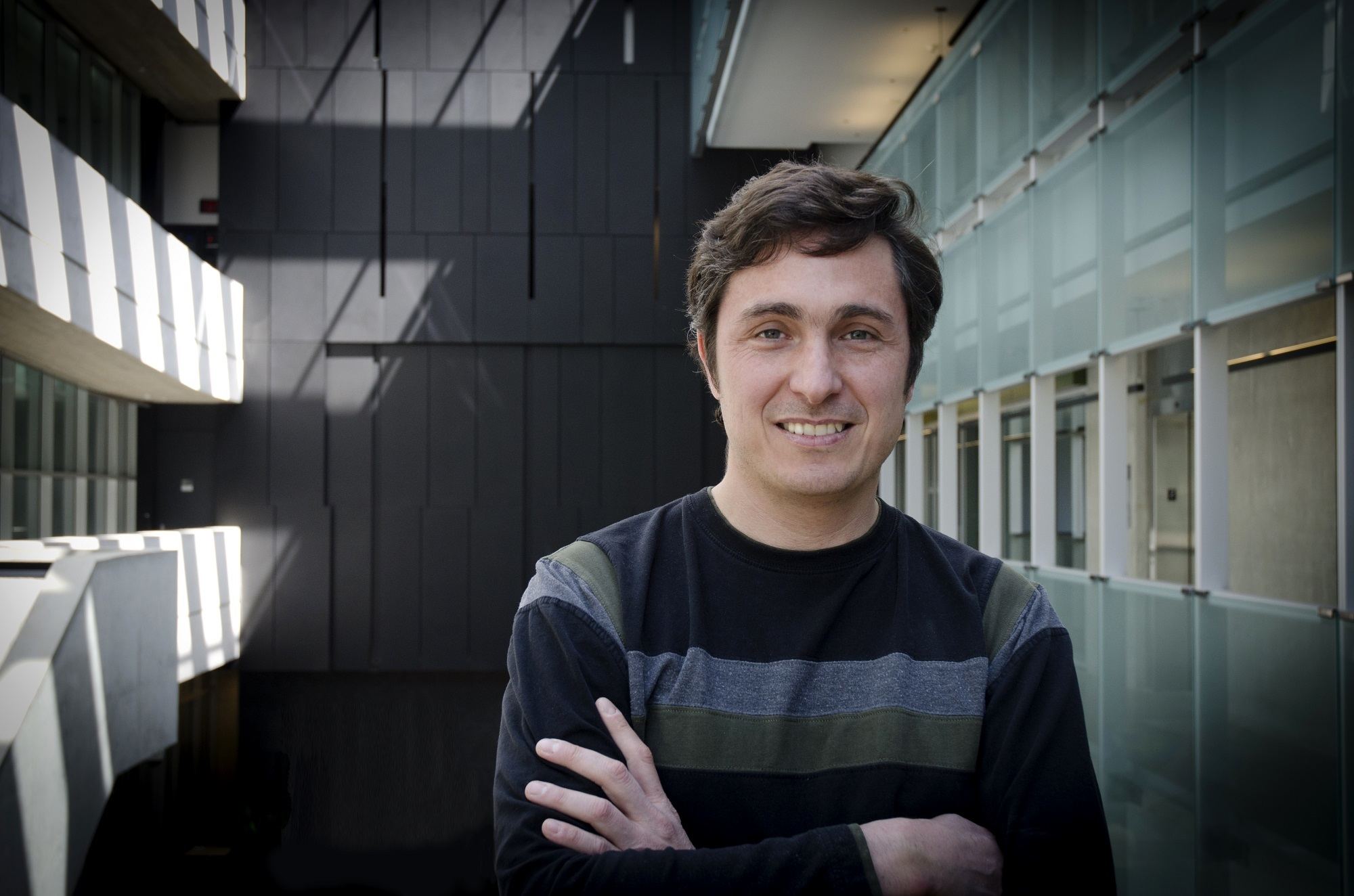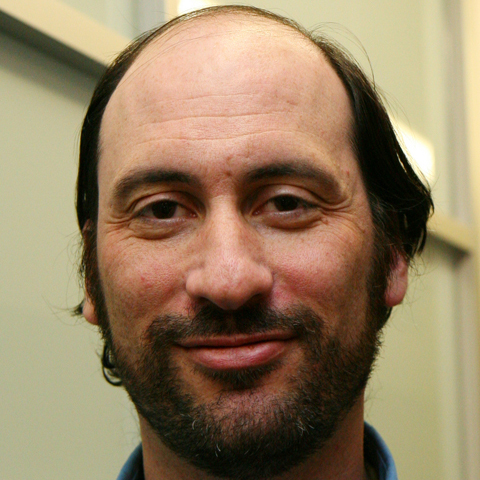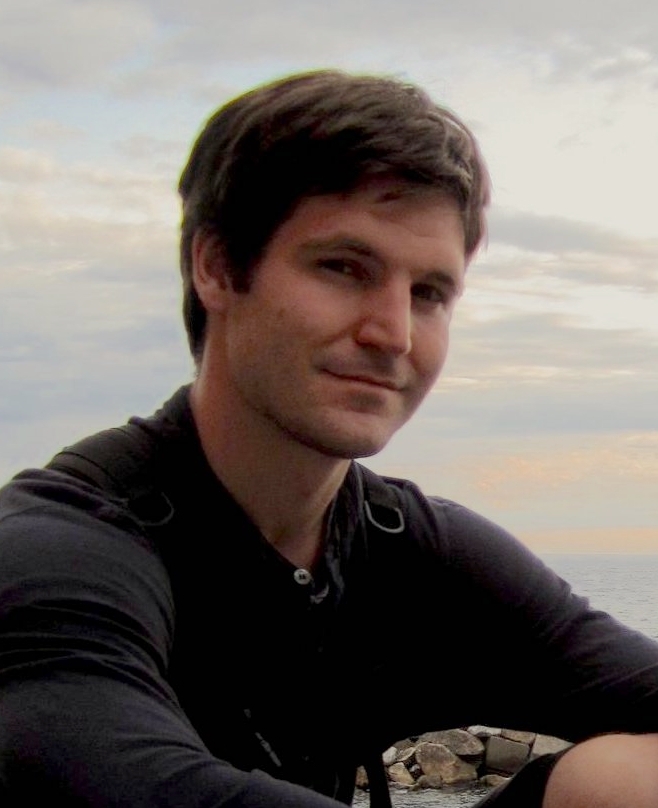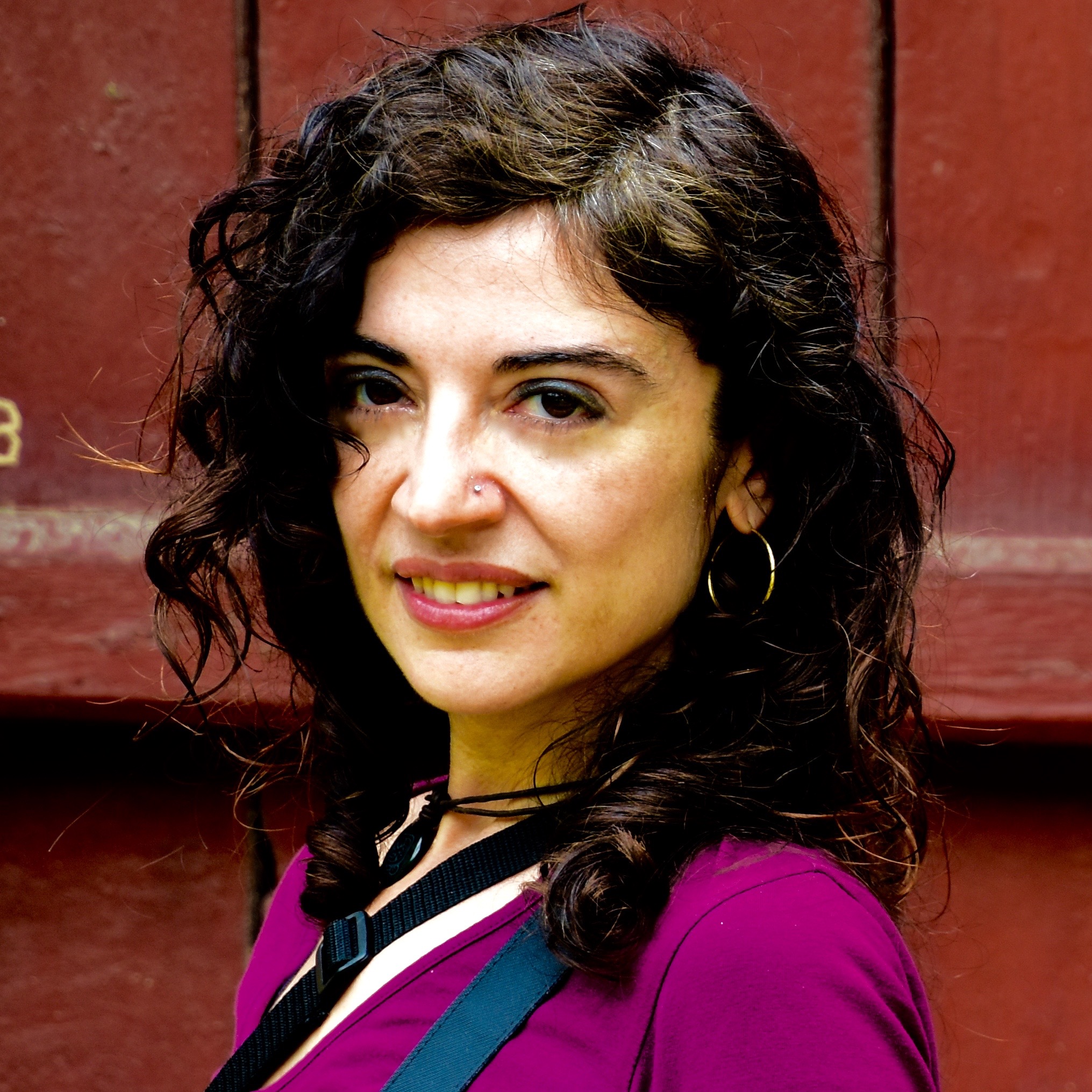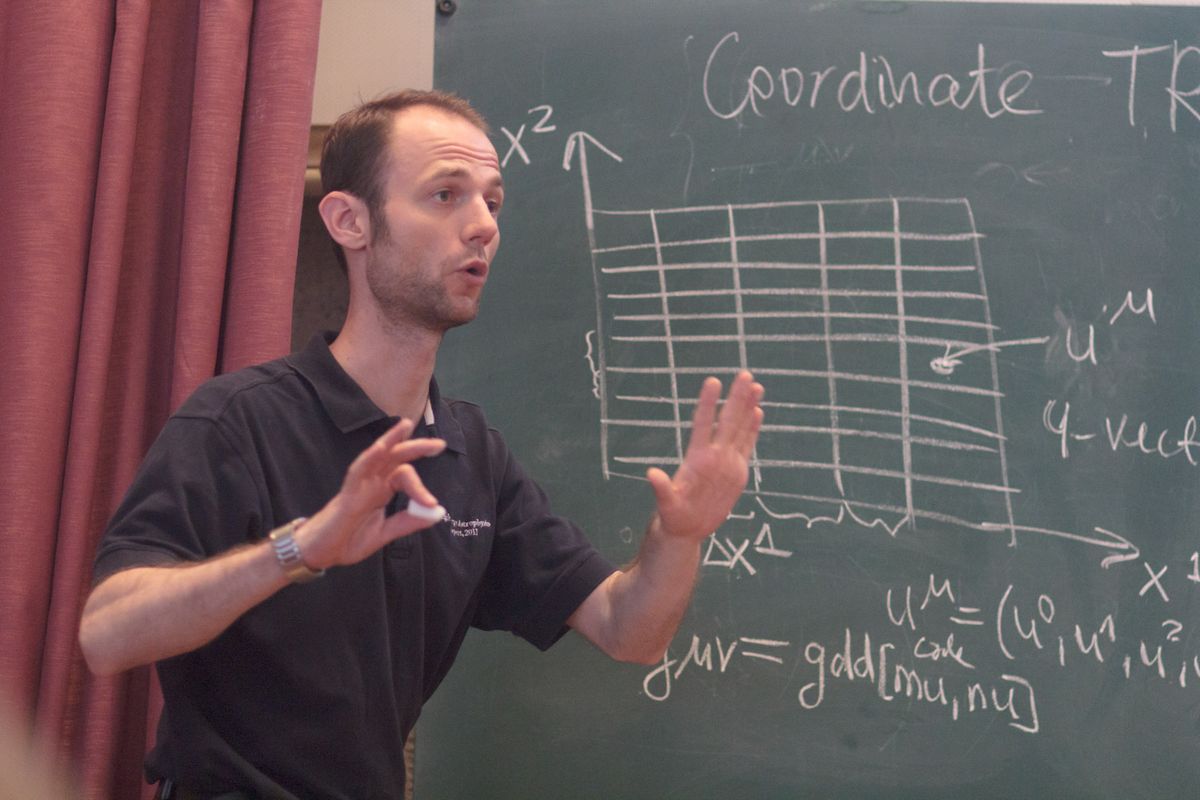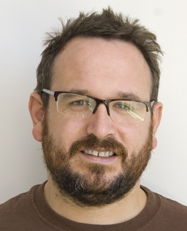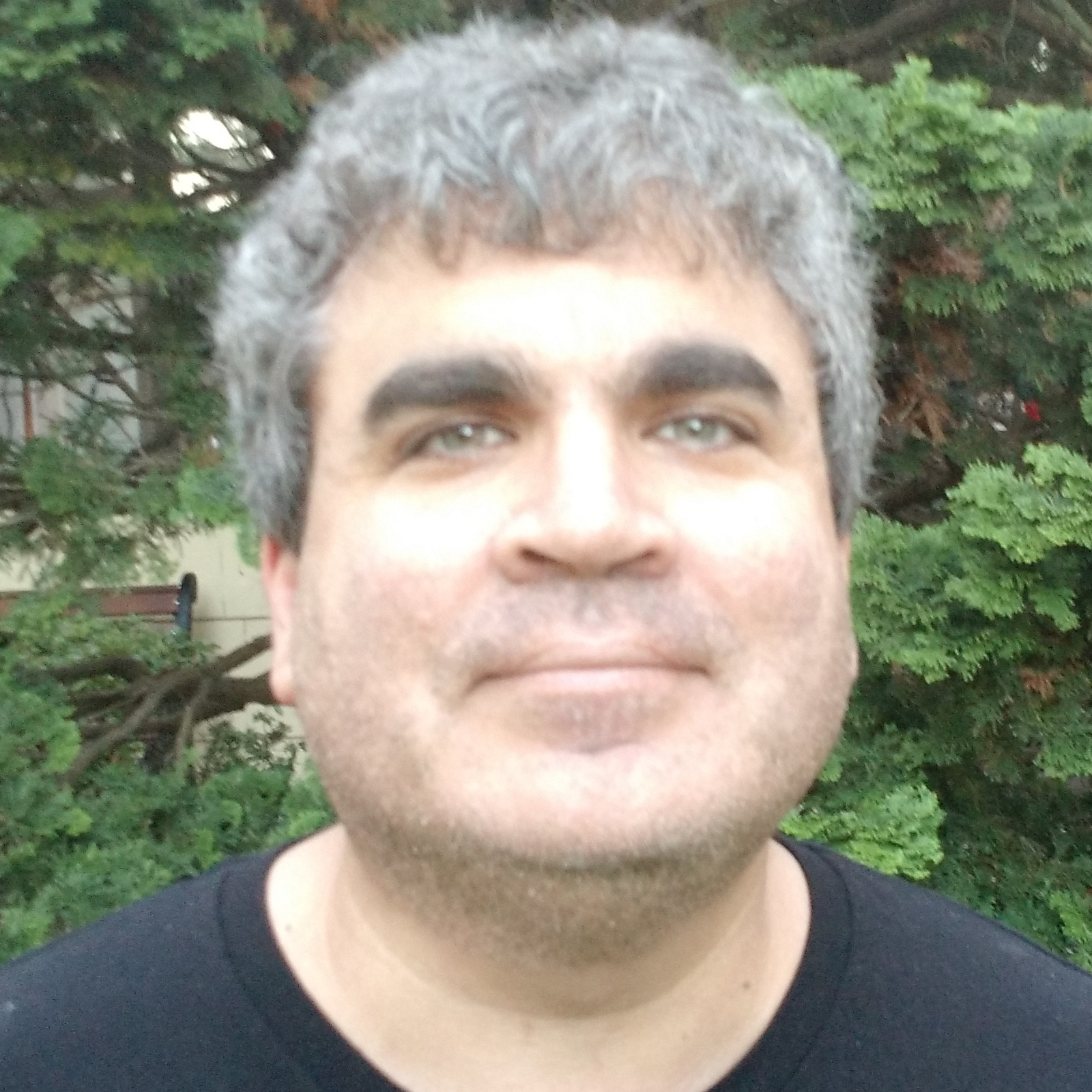New York City
June 24 - August 2, 2019
Numerical astrophysics is now the main driver for research in theoretical investigations of astrophysical and space plasmas. Despite the growing significance of computational astrophysics, very few graduate programs in the world offer formal courses in algorithms and their applications to astrophysics. This summer school intends to fill this gap and provide students with a unique opportunity to learn basic algorithms and to apply them to research problems in astrophysics under the guidance of world-class experts.
The school program will include one week of lectures on a diverse set of subjects broadly related to astrophysics of compact objects (astrophysical MHD, kinetic physics, stellar structure and evolution, numerical GR, supernovae and compact object mergers), and students will work on research projects for five subsequent weeks. We aim to attract a strong group of 15 graduate students from research centers world-wide. The pool of mentors will include about 25 world-renowned researchers.
Students will work together with mentors on projects which involve multi-scale modeling of astrophysical phenomenon, thus, coupling of different numerical approaches and codes.
Scientific Organizing Committee:
Phil Armitage, Amitava Bhattacharjee, Blakesley Burkhart, Keaton Burns, Matteo Cantiello, Yuri Levin, Rosalba Perna, Sasha Philippov



